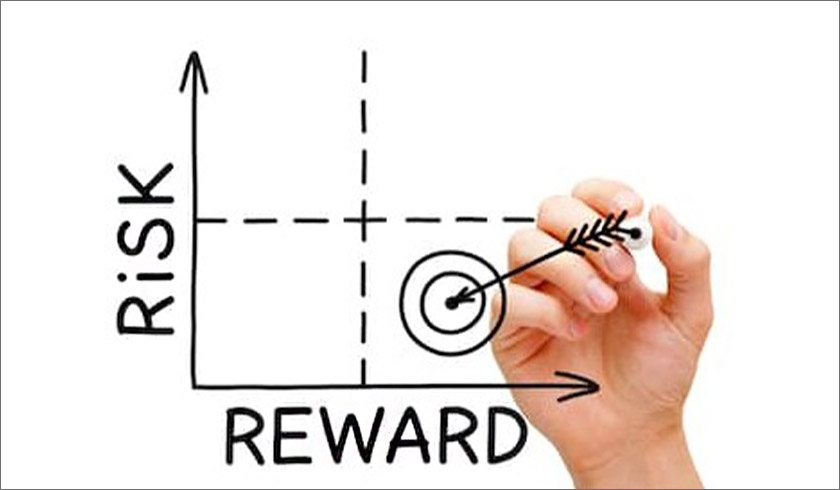The truth about low risk, high return
Follow the property market long enough and you’ll hear all sorts of pitches designed to entice investor clients, but few are as persistent as the catchcry, “Low risk, high return”.

It sounds like the holy grail of wealth building. You can have all the upside of a hugely speculative investment without the worry of going broke.
Now the knee-jerk reaction of my internal skeptic screams, “Scam!” at the mere suggestion of a huge outcome for little to no downside, but in truth, there is a way you can potentially get this sort of strategic result and still be able to sleep at night.
The foundation
It may seem rudimentary, but the way to ensure a brilliant outcome is to have a long-term plan and stay the course.
If this sounds boring… good! I want my wealth plan to be both undramatic and extraordinary.
When you look at the numbers, the vast majority of property investors only hold their purchase for around five years, and there’s a few reasons why.
For example, if they were fortunate enough to buy before a market had a growth spurt (see Sydney 2012 to 2017), then they might want to take the cash and dash.
The other scenario is where an investment property has not met the initial expectations of growth in the short term and their internal monologue starts saying, “This real estate thing is all too hard. I don’t need the stress.”
Regardless of what reasons tempt you to sell out, I say, “Resist!”
The urge to cut and run without thought seems all too easy, but you are doing yourself out of some serious potential upside. This obviously excludes areas that never had the right fundamentals to begin with.
Next time you get the chance, have a look at CoreLogic’s quarterly Pain and Gain report.
Part of this release identifies properties where owners sold at a loss compared to their previous purchase price. Those that go backwards have invariably been held for less than a decade, so the owner’s plans of some quick gains obviously haven’t played out as hoped.
A simple secret
The secret these sellers keep missing is the magic of compound growth.
With compound growth, every dollar in value you gain during the journey grows in multiples, so that the longer you retain a holding, the exponentially better your return.
This clearly shows that an average property may not, on balance, see much uptick in “profit” in the zero-to-four-year holding period regardless of average market performance.
But once you hit that 9-to-15-year sector, the gains are remarkable.
Low risk, high return can only happen over a long time. It works because even if you’ve kept your loan’s debt level at the original property purchase price, the returns on a well-selected investment ramps up beyond the borrowing costs over time.
Now I’m all for planning, but I also accept the variables in property ownership over the long term are too prone to fluctuation to allow an investor to determine at what exact point a property makes proper gains because growth is not lineal.
Some people want to “tough it out to year eight when we know rent will cover all expenses” but it just doesn’t work that way. We need to look at the longest period possible in order to keep lowering the risk and upping the return.
If you want something that has potential to give you a higher return in a shorter time frame, then my advice is blunt: Find an asset with high levels of volatility (but be prepared for a more emotional roller-coaster).
Does this mean all property is low risk, high return?
No… but it does mean what you buy should be determined by your finances rather than any attempt to pick the short-term property market by just location.
Most investors are smart enough to look for good fundamentals (e.g. avoid one-trick towns like mining centres) but finance sets your price benchmark and, as such, directs you on where to seek those fundamentals.
For example, it’s no good looking in Point Piper, Sydney, if you’ve only got surplus household income and ready-to-go capital for a three-bedder in Acacia Ridge, Brisbane.
The reason is simply that buying decent quality investments within your financial means reduces stress via low risk, while you’re riding the long-term market to high growth.
How to get the mindset
Here are a number of ways to avoid a bad decision on selling too soon.
Number one is to have a plan. Don’t go in madly hoping to see a substantial value rise straight off the bat. You need to have a strategy that can be stuck to throughout two or three property cycles. Revisit that plan often, particularly when temptation is overtaking you.
Next, keep your cash flow and capital buffers in place to ensure that when you’re thrown a hurdle like an unexpected maintenance item, you can hold on to your investment without losing sleep.
Finally, surround yourself with the right people. Long-term thinkers, not short-term frighteners.
Investors need to stay the course, and it can be difficult without the support of like-minded souls and trusted professionals. If in doubt, lean on your advisers so you don’t end up with a short-term loss and long-term regret.
By Steve Waters, Right Property Group

